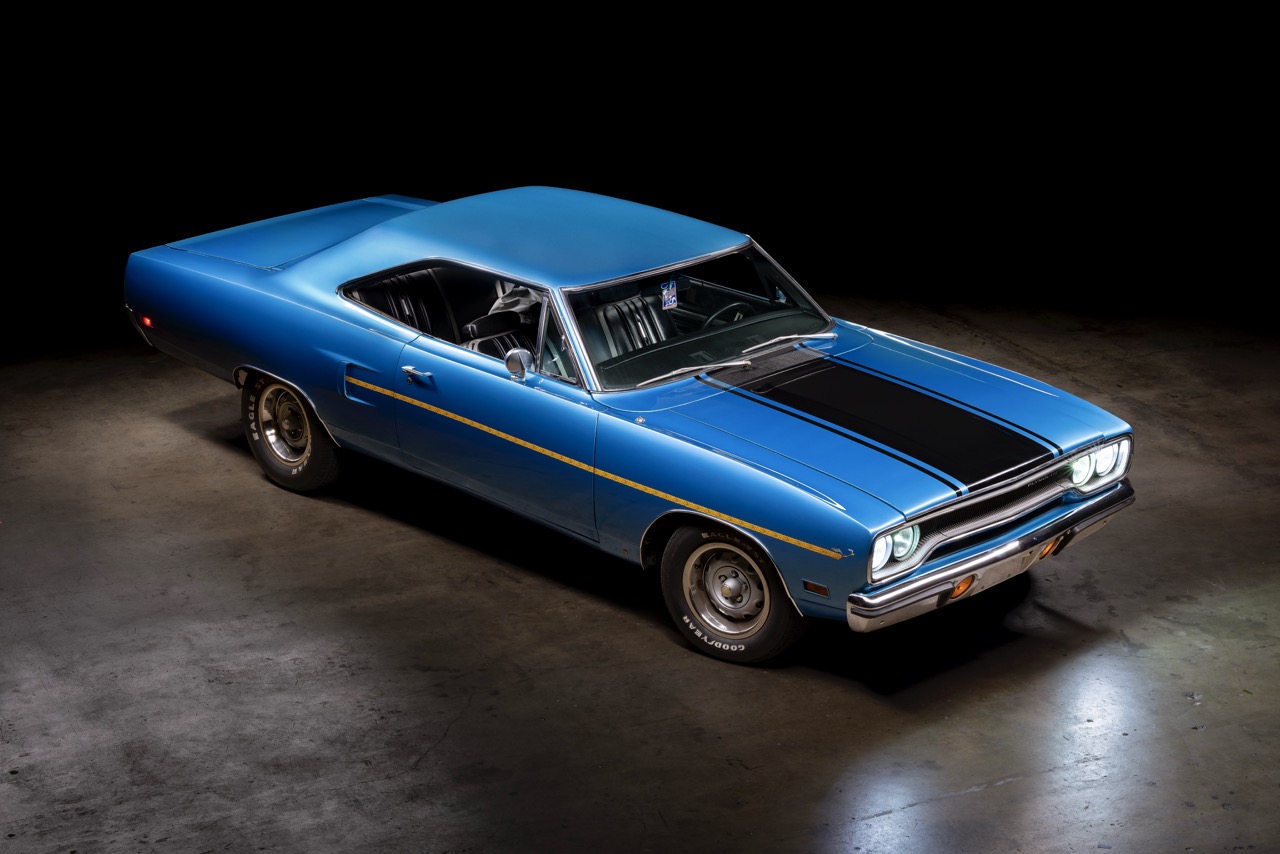Forced induction for dummies
Over the course of the next couple of weeks, I’m going to do a series of features on forced induction. What is it? How does it work? What are the different types of forced induction? Is this a good idea for what I want my car to do?
I’m going to go out on a limb here, and say that I’m not the foremost expert on forced induction. However, I have owned my fair share of crammed air cars to know what’s up.
In this episode, we’ll introduce the concept. We’ll also touch very briefly on the different systems – to be discussed in further detail next time.
Photo Credit: Cosmone.com
What does Merriam Webster tell us about the definition of these two words that make up the phrase “forced induction?”
Forced: adjective
- caused by necessity
- obtained by using power or force
- done with effort
- not natural or sincere
- involuntary
Induction: noun
- the act of causing or bringing on or about
- the inspiration of the fuel-air charge from the carburetor into the combustion chamber of an internal combustion engine
So to put them together in our phrase, forced induction is a way of getting the much needed air/fuel mixture into the combustion chamber that is not natural, and is involuntary. Or in other words, the air is forced into the combustion chamber at a much faster rate (with a lot more of it) than a naturally aspirated car is.
There are many different names that people use to describe forced induction, to include: forced air, forced induction, blower, power adder, NOS, spray, juice, supercharger (or turbo if this setup is used) crammed air car (my personal favorite) and a host of other names.
(I’m not going to debate with you if N20 is actually a form of forced induction. It is a power adder, and it made this list. Deal with it.)
Should you opt for a power adder?
Well, that depends. First and foremost – what do you have planned for your car? If your main goal in life is to get a lot of attention or go as fast as possible (whenever possible), then yes. Bolting on some extra power is a great way to go. And hot rods with a big blower poking through the hood do get a lot of attention.
Why? Well, they cost a lot of money and the average Joe cannot afford one. Plus, they look awesome.
You also have to keep in mind; the blower is just one of the costs incurred if you decide to go that route. Adding a bolt on power adder forces your engine to work harder – which puts an extra amount of stress on your internals. Gear heads that have money to bolt on some serious power tend to build up their bottom end with stronger components beforehand.
The last thing they want is to throw a rod through their oil pan (or have some other breakage). Stock engine components are usually strong enough for many years of normal use. But with the added stress, they tend to break easier.
This is a good time for me to tell you that this isn’t always the case. Some stock engines are super strong, and can handle a good amount of power. When a mild amount of boost is run through them, they can last for years. However, most of us are working with older engines with already tired engine internals. Not to mention, who wants to bolt on a supercharger and run a “mild” amount of boost through it?
This comes back to knowing what you want the purpose of your car to be before you even start your build (as we’ve discussed in previous posts). That way, you can build up the bottom end accordingly, before you ever even get to the actual power adder.
There are essentially 3 different types of power adders that people call forced induction. Superchargers, turbochargers and nitrous oxide all introduce something involuntary into the engine. The first two force in more air (and subsequently more fuel as well), and the last one forces a chemical in the form of nitrous oxide (or N20). Either way, the main goal is to make more power – even if each system does it differently. But this is a topic for another day.
Let’s recap:
- It is best to decide before you build your car if you’re going to use a power adder. That way, you can build your engine appropriately.
- The are 3 basic types of power adders that use forced induction as their method of adding power. The 3 types are turbochargers, superchargers and nitrous oxide.
- Forced induction means that a type of fuel is involuntarily crammed into your engine in an unnatural way.
- Power adders tend to cause extra stress on the engine internals, so you may incur extra costs by bolting one in.
Next time, we’ll begin to take a look at the various types of power adders, and dissect just how they work.
Recent Posts
-

Reegan Is Building This 1975 Dodge Ramcharger For One Lucky YouTube Subscriber
August 13, 2025Update 08/15/25: Reegan now has an all new aluminum radiator installed with dual electric fans. The Wilwood master cylinder is installed along with an EvansCNC…Read more -

Let's Turn a 1970 Plymouth Roadrunner into RestoMods Royalty
August 8, 2025Update: 8/8/2025 A little over a year ago we purchased a beautiful 1970 Plymouth Roadrunner from a local collector car dealership Bayside Auto. We knew…Read more -

The Ultimate 1968 Dodge Charger HELLCAT Build
August 8, 2025Update 8/8/25: Back in January of 2024, we purchased a 1968 Charger shell from Mopars 5150. They specialize in all things Mopar and had a…Read more
Become a Car Club Member
Car Club Members Get Entries to Win, Discounts in our Shop, Discounts with our Preferred Partners and more!
Membership benefits
By joining the RestoMods Car Club Today, you will receive amazing perks plus 15 bonus entries into our sweepstakes for every month you are an active member
-
Auto Discounts:Curated Discounts From Your Favorite Parts Companies
-
Restomods Monthly:Monthly Magazine With The Latest Industry News
-
Classified Ads:Get Free Postings seen by 300,000 enthusiasts monthly
-
Car Show Tickets:Check out the biggest vintage car shows on us.
-
Exclusive Car Deals:First chance to purchase any prize cars not selected






Restomods on Instagram
Follow us on Instagram and other networks













